Harmonic Analysis (RMA) Worksheet for the classic Johnny Cash classic: "Folsom Prison Blues".
Harmonic Analysis (RMA) Worksheet for the classic Johnny Cash classic: Folsom Prison Blues.
Folsom Prison Blues
Folsom Prison Blues is a song by American singer-songwriter Johnny Cash. Written in 1953, it was first recorded in 1955 for his debut studio album Johnny Cash with His Hot and Blue Guitar! (1957), appearing as the album's eleventh track. Borrowing liberally from Gordon Jenkins' 1953 song, "Crescent City Blues", the song combines elements from two popular folk styles, the train song and the prison song, both of which Cash continued to use for the rest of his career. It was one of Cash's signature songs. Additionally, this recording was included on the compilation album All Aboard the Blue Train (1962). In June 2014, Rolling Stone ranked it No. 51 on its list of the 100 greatest country songs of all time.
Cash performed the song live to a crowd of inmates at Folsom State Prison in 1968 for his live album At Folsom Prison (1968), released through Columbia Records. This version became a No. 1 hit on the country music charts and reached No. 32 on the Billboard Hot 100 in the same year. This version also won the Grammy Award for Best Country Vocal Performance, Male, at the 11th Annual Grammy Awards in 1969. (wikiwand);
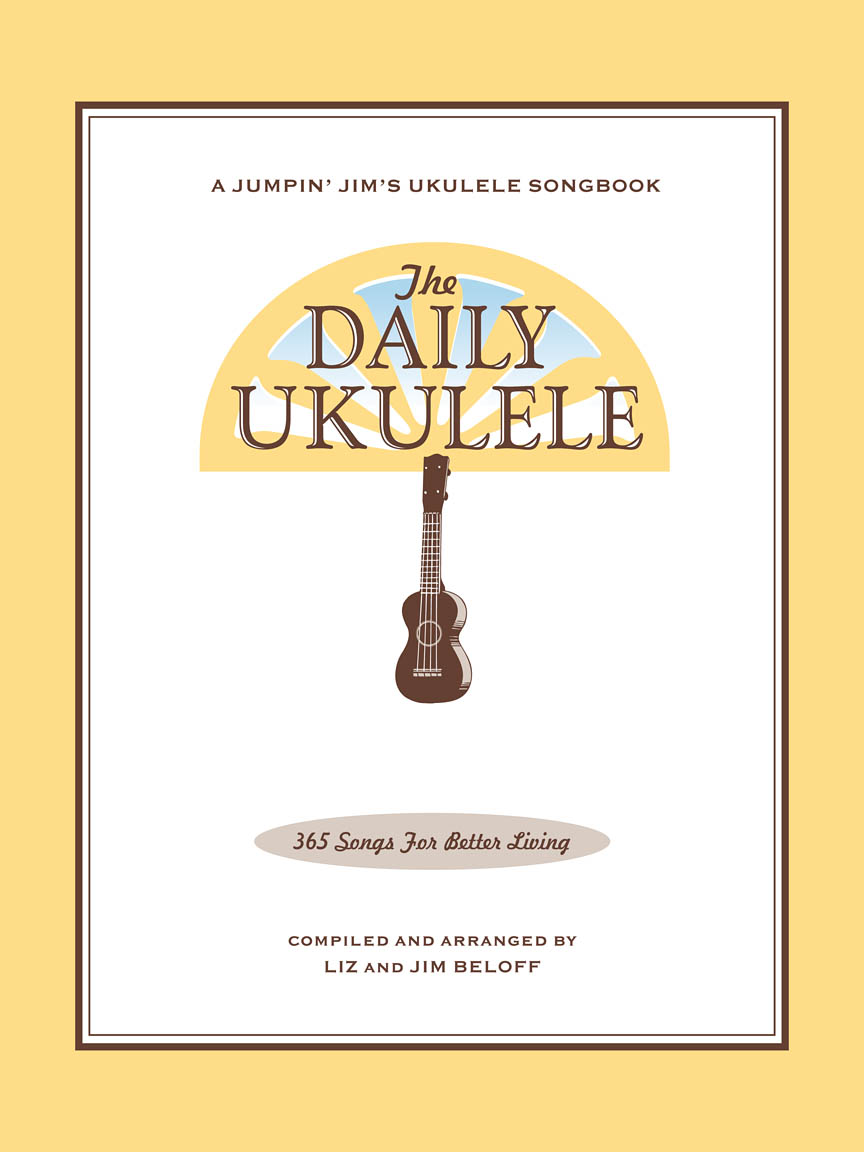
The Daily Ukulele— 365 Songs for Better Living book.




A Harmonic Analysis (RMA/HA) and its worksheet are intended to show the function of the chords, the harmonic principles used, the keys and tonalities the song explores. And, can be used for scale selections and chord and scale substitutions.
lead leadsheet.Minimal roadmap information such as repeats, fine, D.S., D.C., and codas has been used in preparing the worksheets to somewhat mirror the leadsheet in the Daily Ukulele book.
Yellow Book. You should start to recognize that 1st endings typically always return to a previous verse or an
 section. With a 2nd ending, a transition to a different part of the song, a
section. With a 2nd ending, a transition to a different part of the song, a  or chorus. Harmonic Principles are used for these repeats and transitions.
or chorus. Harmonic Principles are used for these repeats and transitions.- Folsom Prison Blues is in 4/4 time and the Key of G . Original in F, Capo guitar at fret (1) and using open position E A B7 chord for the F Bb C7 chords in the Key of F, Tempo: 111.

Contemporary Scales: Minor Pent: Minor Pentatonic, Pent: Major Pentatonic, Blues,
Scale/Mode Names: Ion: Ionian (Major), Dor: Dorian (Minor), Phrygian: Phrygian, Lyd: Lydian, Mix: Mixolydian (Dominant), Aeol: Aeolian (Natural Minor), Loc: Locrian
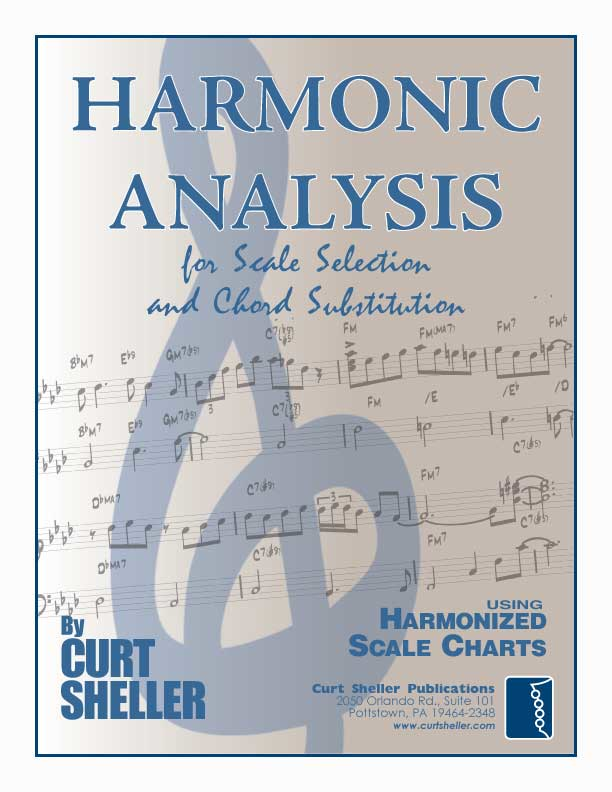

Be sure to checkout a video to pickup the licks from the recording. They are all based on the chord, the chord tones.
Intro in G
This is the classic guitar intro (simple version) for Folsom Prison Blues for The Daily Ukulele (Yellow book) for a Low G, C Tuning.

C Tuning, Low G
- Johnny Cash — I Walk The Line (LIVE) • Here Johnny talks about how he got that
Snare Drum
sound without a drummer the the Tennessee Three where only the Tennessee Two.
To get this on a Ukulele, I weave a dollar bill between the strings right in front of the bridge. And, it gets that classic snare
sound. If you borrowing from a friend I'd go for a twenty or so.
- (wikiwand) Folsom Prison Blues
- Johnny Cash — I Walk The Line (LIVE) • Here Johnny talks about how he got that
Snare Drum
sound without a drummer.
Related Lessons, Videos, Lesson Series, Songs, Books & Reference Charts, Resources & Assets, Workshops are below.

Harmonic Analysis (HA), also known as the study of chord relationships, is the method used to identify the harmonic role of chords within a chord progression or song. A chord progression refers to a sequence of chords, with each chord having a root note and belonging to a specific chord type. The function of a chord within a particular scale's tonality is determined by its relationship to that scale.
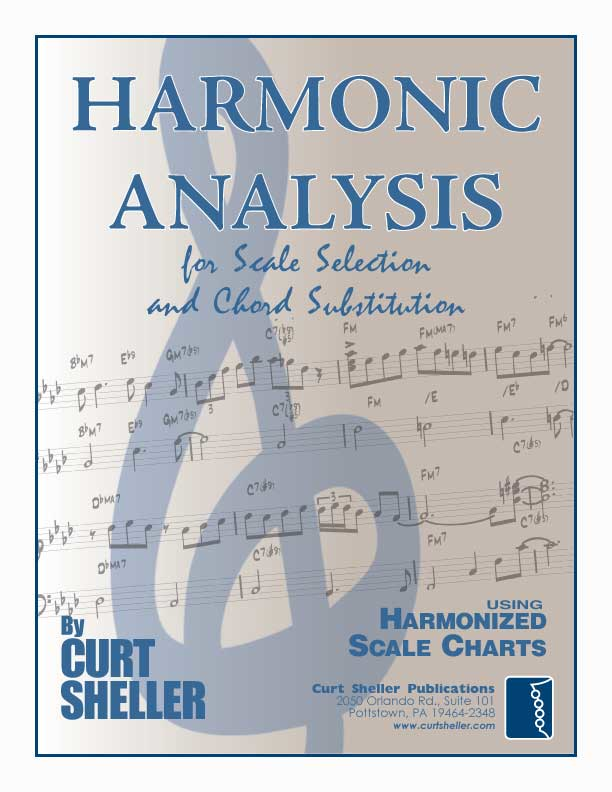
Harmonic Analysis is the understanding of the functional sequence of chords. It is the process used to analyze the harmonic structure of a progression, song or composition. This analysis is then used to make scale selections for improvisation and chord substitution.
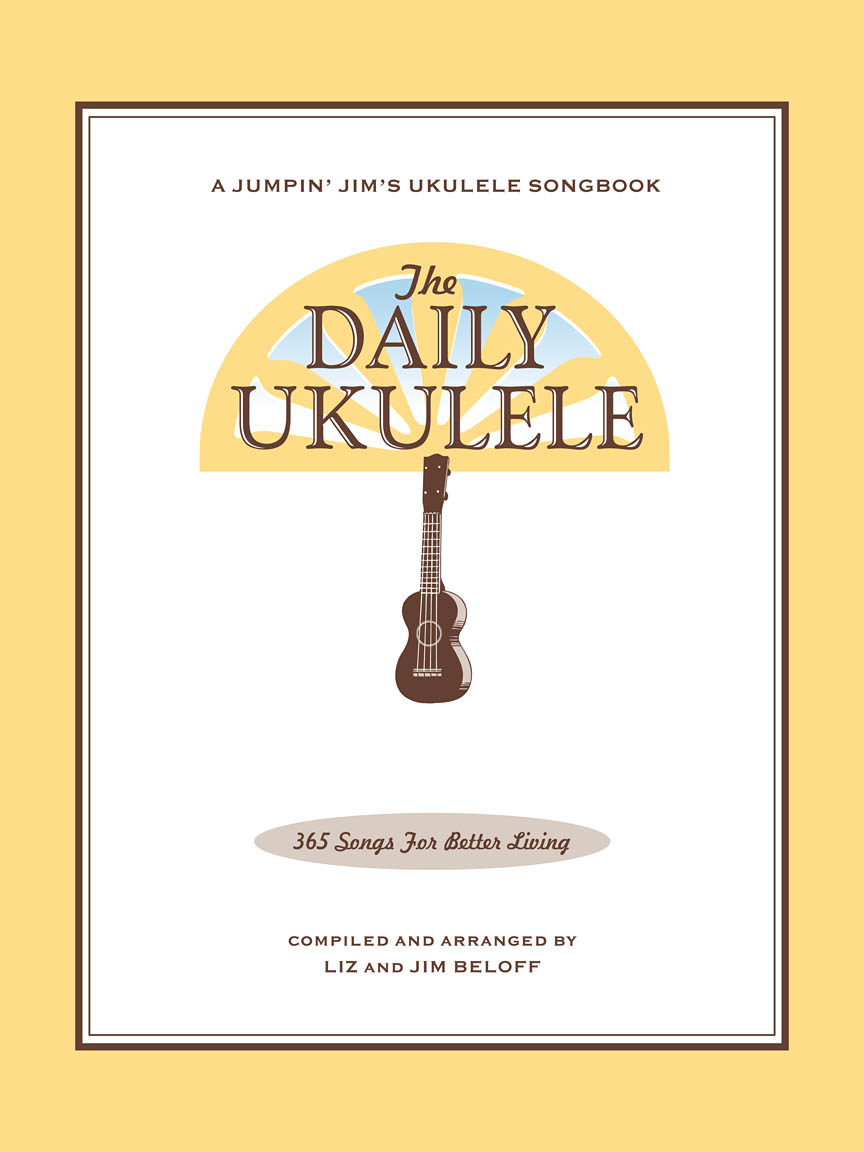
Strum a different song every day with easy arrangements of 365 of your favorite songs in one big songbook! The Daily Ukulele features ukulele arrangements with melody, lyrics and uke chord grids and are in ukulele-friendly keys that are particularly suited for groups of one to one hundred to play and sing.

Finally, learn the names of the notes of the ukulele fingerboard in C tuning .

Learn the six fingering principles to navigating the ukulele fingerboard. Fingering is one of the most universal topics. Book: Six Secrets of the Ukulele Fingering

Harmonic Analysis is the understanding of the functional sequence of chords. It is the process used to analyze the harmonic structure of a progression, song or composition. Book: Harmonic Analysis for Scale Selection and Chord Substitution
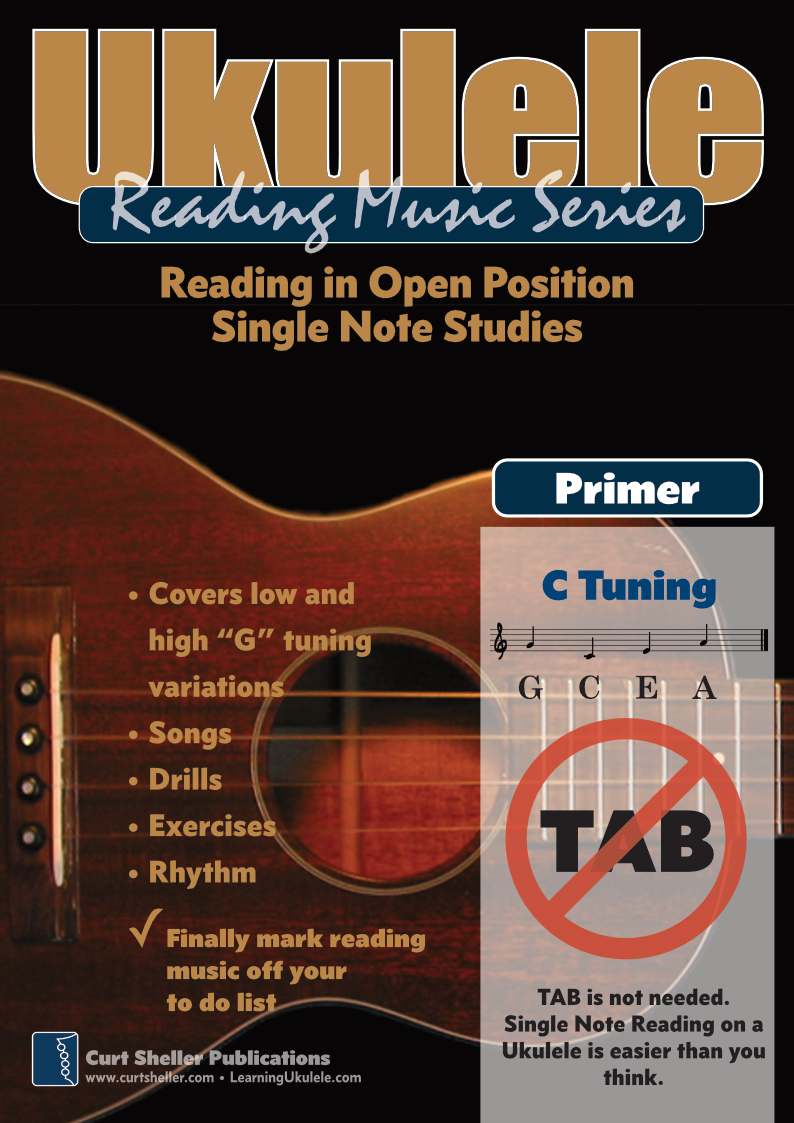
Learn to read single note melodies in the first/open position is a lot easier than you might think. Book: Ukulele – Reading Music Series – Primer

An organized collection of daily practice and reference material for the contemporary ukulele player for developing the vocabulary and knowledge necessary for single note playing. Book: Daily Practice Material for the Contemporary Ukulele
Checkout the Books & Reference Charts for additional Handy, Dandy Reference Charts.
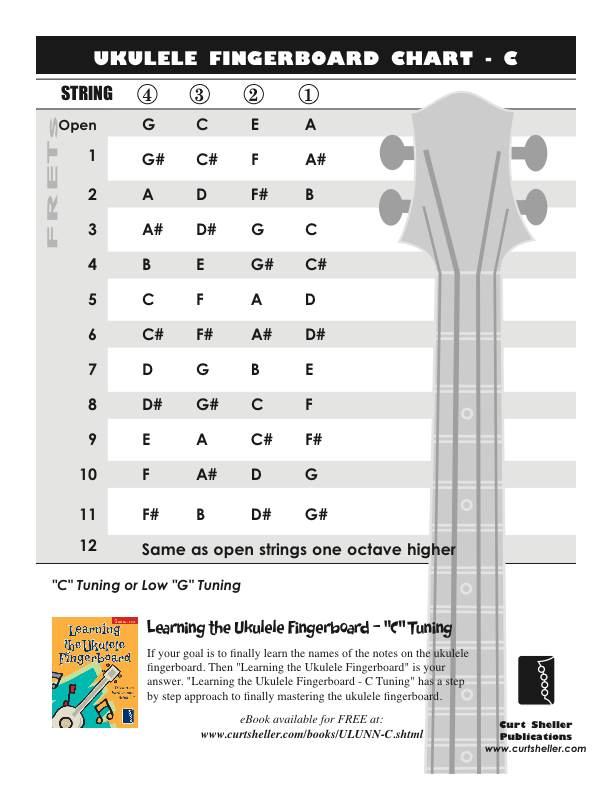
Ukulele Fingerboard Chart for C Tuning, Low or High G – G C E A
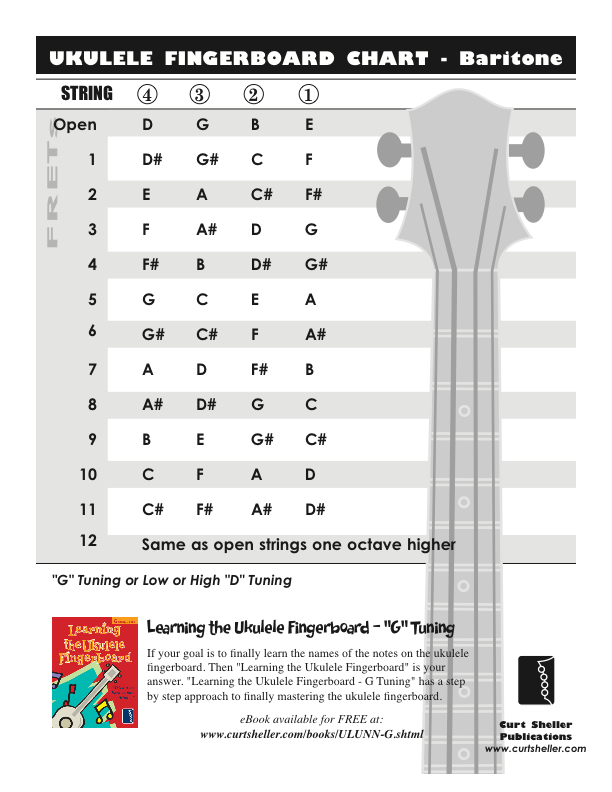
Ukulele Fingerboard Chart for G Tuning, Low or High A – D G B E

A handy reference chart of all 15 major and relative minor key signatures. US Letter 8.5 x 11 sized (ANSI-A), A4
Checkout the Books & Reference Charts for additional Handy, Dandy Reference Charts.






.jpg)